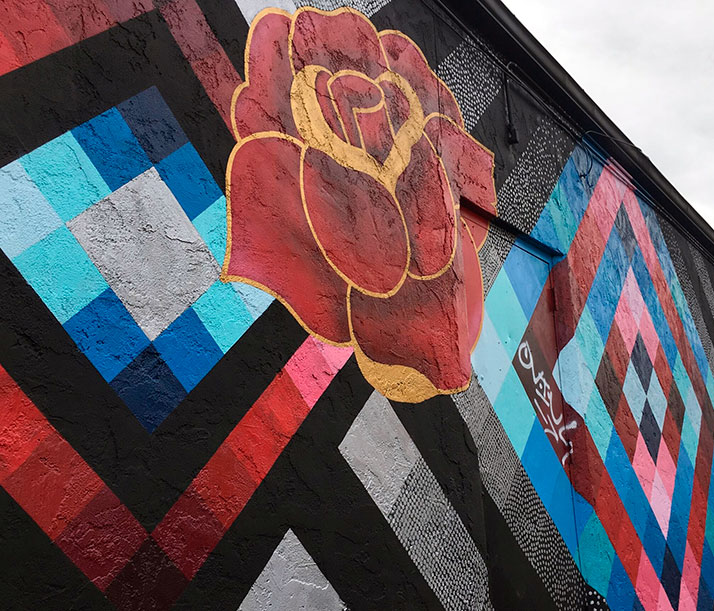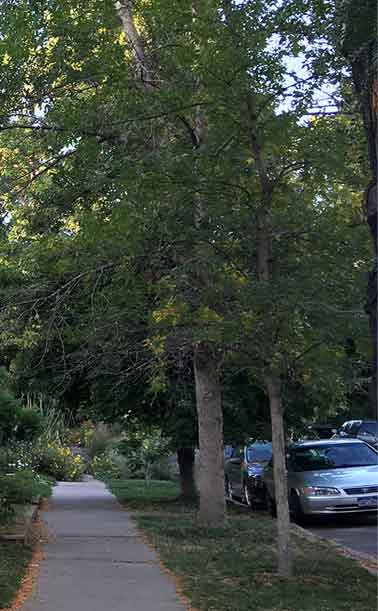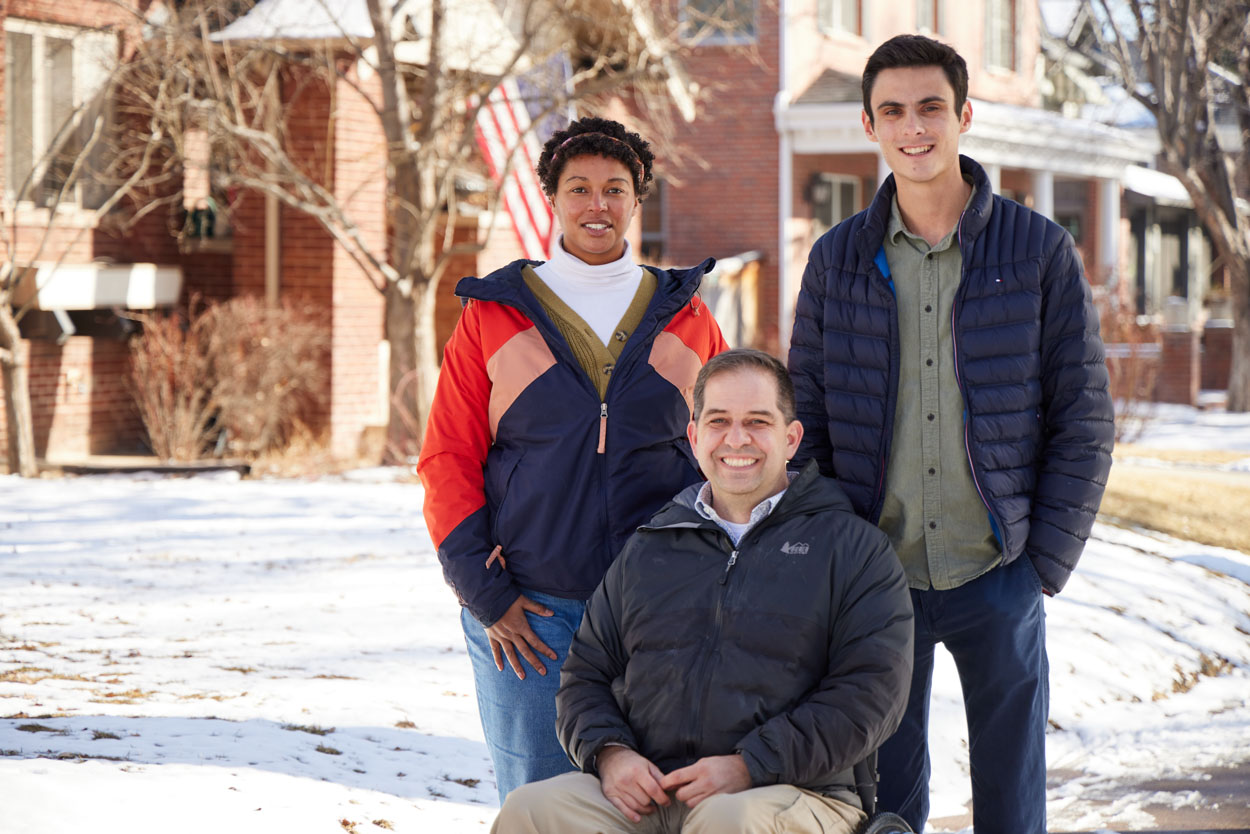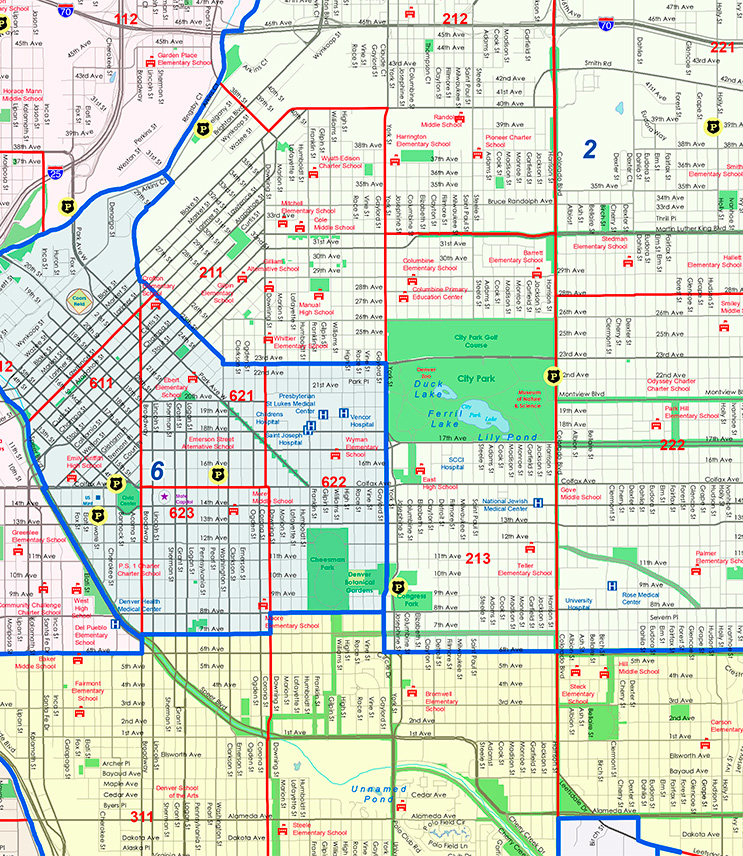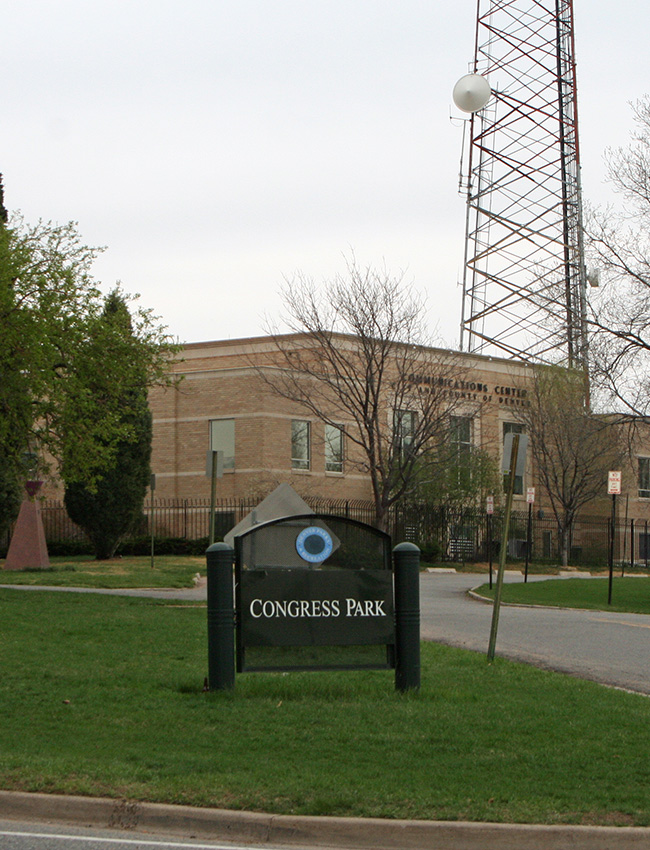
Congress Park
Until the 1850s, the neighborhood of Congress Park was Native American land. After a growth surge in Denver, the district became home to residences for its growing population. Once the area was officially incorporated into the city in 1889, the streets were renamed to the names we see today. Congress Park remains one of the jewels in Denver. Congress Park stretches from York Street on the west to Colorado Boulevard on the east, and from Colfax on the north to Sixth Avenue on the south.
 Congress Park Demographics
Congress Park Demographics
11,445
Total Population
Denver Population: 706,799
35.6
Median Resident Age
Denver Median Resident Age: 35.5
$58,822
Median Income Per Resident
Denver Median Income Per Resident: $53,437
$72,919
Median Income Per Household
Denver Median Income Per Household: $85,721
$971
Median Rent
Denver Median Rent: $1,143
$663,120
Median Home Value
Denver Median Home Value: $513,621
41%
% homes owner occupied (vs. renter)
Denver % of homes owner occupied (vs. renter): 46.4%
95%
% homes occupied (vs. vacant)
Denver % home occupied (vs. vacant): 94%
 Public Safety
Public Safety
Denver Police District 6
Address: 1566 N Washington St.
Phone:720-913-2800
Community Resource Officers
Denver Police Districts Map
The map above shows the outline of Police Districts 2, 3 & 6 within the boundaries of Denver District 10.
Congress Park – Year Home Was Built
Data for Year Home Was Built-Congress Park Compared to Denver
| Year Home Was Built | Congress Park | Denver |
|---|---|---|
| Before 1939 | 50% | 18% |
| 1940 – 1949 | 2% | 6% |
| 1950 – 1959 | 8% | 14% |
| 1060 – 1969 | 21% | 11% |
| 1970 – 1979 | 6% | 13% |
| 1980 – 1989 | 3% | 8% |
| 1990 – 1999 | 3% | 7% |
| 2000 – 2009 | 5% | 11% |
| 2010 – 2013 | 2% | 13% |
| After 2013 | 0% | 0.3% |
Congress Park – Resident Ethnicity
Data for Resident Ethnicity-Congress Park Compared to Denver
| Resident Ethnicity | Congress Park | Denver |
|---|---|---|
| White | 77.2% | 57.5% |
| Hispanic | 8.5% | 27.4% |
| Black | 4.6% | 7.5% |
| Asian | 3.6% | 3.1% |
| Other | 0.2% | 0.3% |
| Two or more | 5.5% | 3.7% |
Congress Park – Resident Education Level
Data for Resident Education Level-Congress Park Compared to Denver
| Resident Education Level | Congress Park | Denver |
|---|---|---|
| Bachelor or higher | 78% | 53% |
| Some college | 11% | 22% |
| HS grad or Equiv | 7% | 16% |
| Less than HS | 3% | 10% |
Congress Park – Resident Age
Data for Resident Age-Congress Park Compared to Denver
| Resident Age | Congress Park | Denver |
|---|---|---|
| 0 to 9 | 10% | 11% |
| 10 – 19 | 5% | 10% |
| 20 – 29 | 17% | 18% |
| 30 – 39 | 29% | 21% |
| 40 – 49 | 14% | 14% |
| 50 – 59 | 11% | 10% |
| 60 – 69 | 8% | 9% |
| 70 – 79 | 4% | 5% |
| 80+ | 2% | 3% |
 Registered Neighborhood Organizations
Registered Neighborhood Organizations
7th Avenue Neighborhood Association
Website: https://www.sanadenver.org/
President:Jesse Morreale
Contact Number: 303-333-8282
Capitol Hill United Neighborhoods, Inc.
President: Meredith Michalski
Contact Number: 720-625-2591
Email: meredith@mmdenver.com
Congress Park Neighbors, Inc.
Website: https://www.congressparkneighbors.org
President: Vicki Eppler
Contact Number: 303-320-8329
Email: victoriaeppler@outlook.com
Morgan’s Historic District
President: PAB Stiefler
Contact Number: 303-819-6656
Email: pstiefler@msn.com
Neighbors for Greater Capitol Hill
Website: https://www.neighbors4caphill.com/
President: Brad Cameron
Contact Number: 303-832-4282
 Congress Park History
Congress Park History
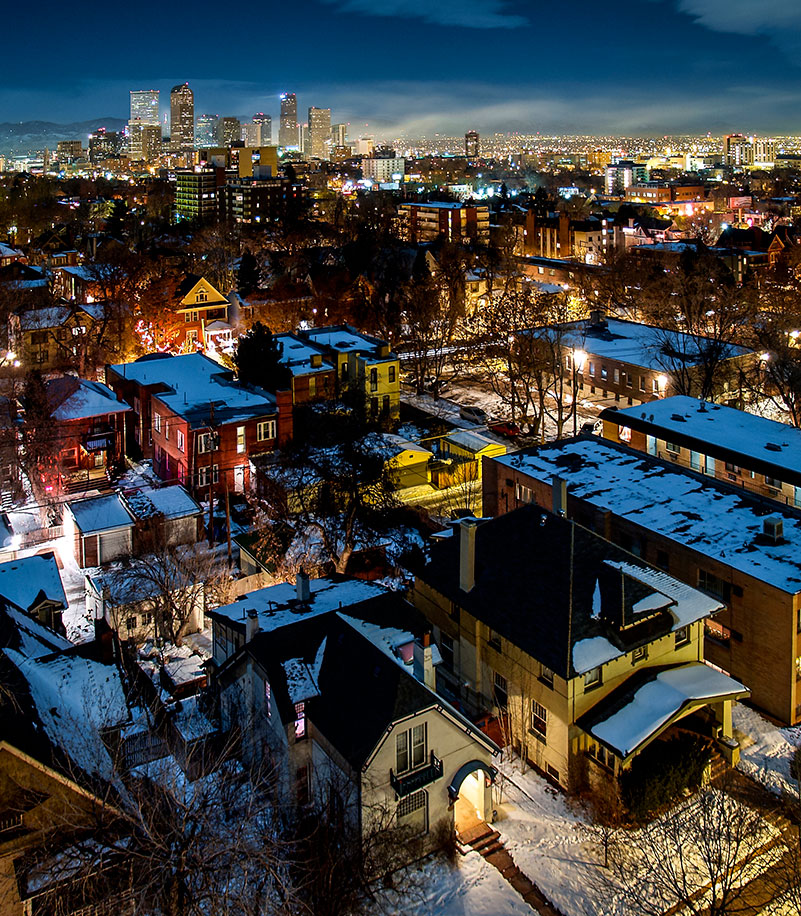
The Congress Park name was first used by real estate agents in the 1970s to make the area sound more appealing. The neighborhood is bounded by East Colfax Avenue to the north, York Street to the west, Colorado Boulevard to the east and East 6th Avenue to the south. The history of this neighborhood reflects how early transportation impacted real estate development. In 1880, Denver’s population was over 35,000 and within a decade, that number had climbed to over 100,000, making the city the third largest in population in the West. By 1910, the population had doubled to over 200,000 people. New housing was needed and there was plenty of undeveloped land to the east of downtown. The area was semiarid prairie land, however, so it needed access to water, which it received in 1864 thanks to Smith’s Ditch. It also needed transportation to make the area more attractive to commuters who worked in the commercial center of the city, which arrived in the form of streetcar lines.
In the late 1880s and early 1890s, a few large, single-family homes launched residential development in the area. Driving through the neighborhood today, you can still find several Queen Anne style houses, including several William Lang structures like the Stahl House at 1272 Columbine, and many two-story American Foursquare, or “Denver Square” type houses, which became more popular at the turn-of-the-century. What Congress Park is really known for today, however, are its many brick bungalows. Inspired by the American Arts and Crafts movement, this new residential form involved a philosophy of simplicity in design with an emphasis on craftmanship.
Perhaps it’s no coincidence that bungalows grew in popularity just as the American working middle-class began to flourish. Congress Park also became home to many duplexes and apartment buildings that were also constructed at the beginning of the twentieth century. As the community developed, schools, churches, and small streetcar commercial districts began to emerge, as well, such as the shopping area at 12th & Madison. As modes of transportation evolved so too did East Colfax Avenue on the northern border of the neighborhood, becoming the car-centric corridor it is today.
Congress Park is home to an impressive collection of original historic buildings. At 1140 Columbine sits the Steven School lofts, which was originally built as the Clayton School and designed by Denver’s first licensed architect, Robert Roeschlaub, in 1900. This was the last school building Roeschlaub designed and contrasts with the other Victorian school-house style buildings like the Emerson School and Corona School (now known as Dora Moore). Today, the Stevens School is home to residential lofts and a great example adaptive reuse. Another prominent architect, John J. Huddart, was responsible for the 6,000 square foot fire station, which used to house Engine No. 15 Hook and Ladder (Truck) No. 4 at 1080 Clayton. It was built between 1903-1904, in the Vernacular Classical Revival style and like the Stevens School, is now used as residences. The Unity in Diversity Church, located at 1100 Fillmore Street was also the handiwork of two other well-known Denver architects, Montana S. Fallis and Robert Willison. The church was built in 1911 at a cost of $16,000 in the Gothic Revival style. A younger Congress Park Landmark, the Lowenstein (Bonfils) Theater, was constructed on Colfax in 1952 and designed by J.K. Monroe a favorite architect of the Bonfils Family. The theater closed in 1987, and the building was reinvented for the Tattered Cover Bookstore and restaurant use more than twenty years later.
This content was prepared by local non-profit Historic Denver, Inc., with excerpts from the organization’s Historic Denver Guides series and other research. Historic Denver was founded in 1970 and provides technical assistance to owners of historic properties, conducts research, advocates for preservation, and owns and operates District 10’s own Molly Brown House Museum at 1340 Pennsylvania. For more information, or to get answers to your historic home questions, visit www.historicdenver.org.
Read more about Congress Park History
The area that we know today as Congress Park today was originally referred to as Capitol Heights when it was platted in the 1880s.
